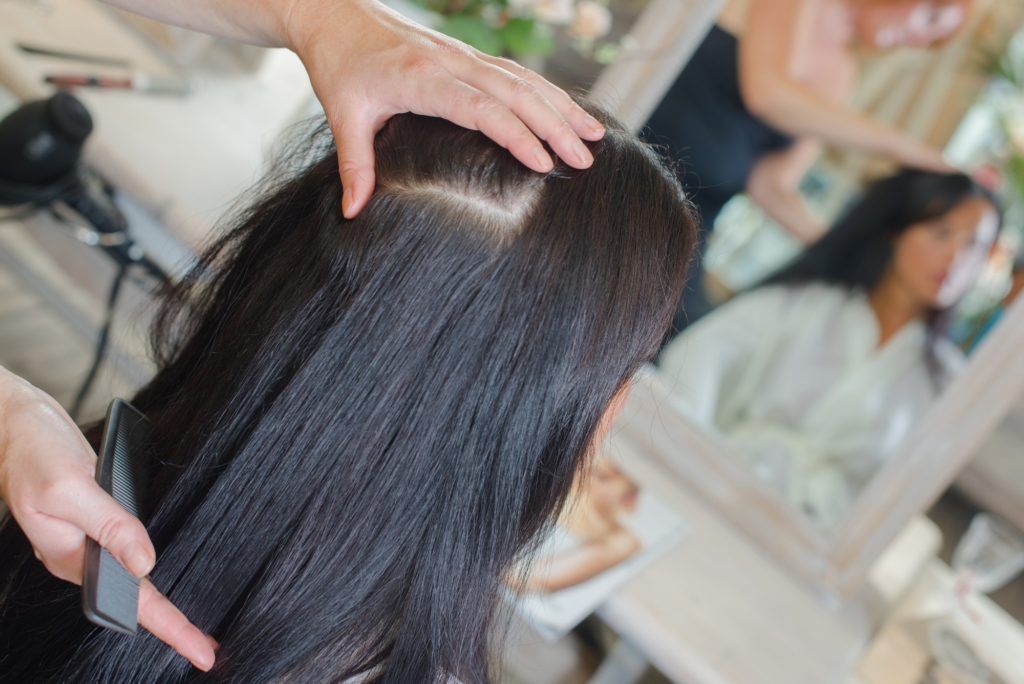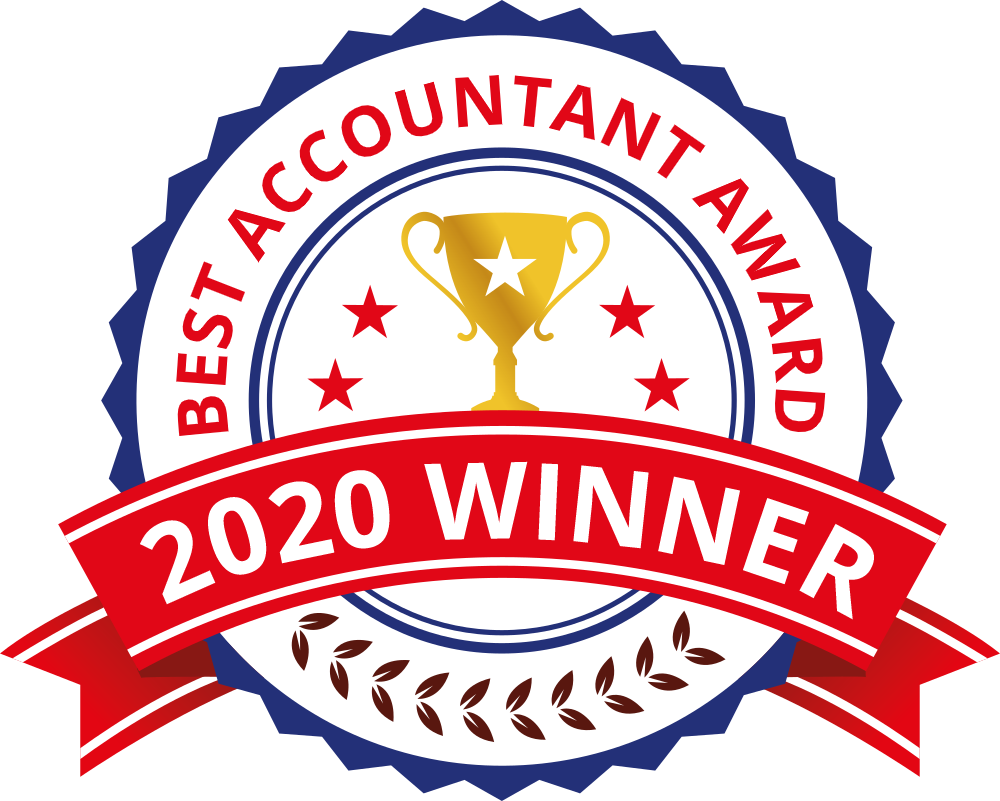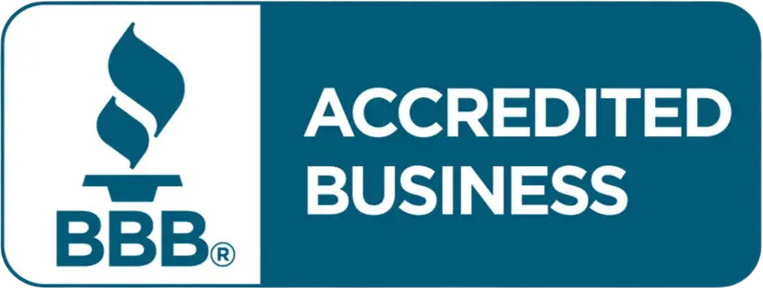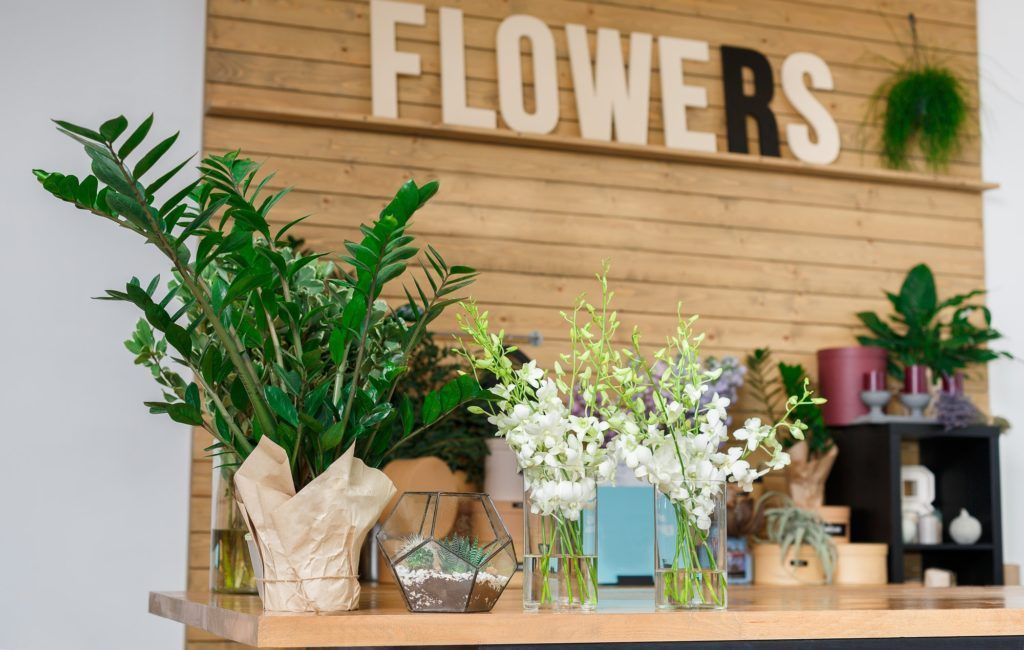Tax Court Sides with Salon Owner

Keeping meticulous records is one of the most important aspects of small business operations. Particularly when it comes to taking deductions for expenses incurred in a business considered to be a hobby by the IRS. This was certainly the case for the owner of a hair salon.
In most cases, tax deductions for hobbies are limited to the amount of income from the hobby. This means that you can’t deduct a loss from a hobby, even though business losses may be allowed as deductions. As you might imagine, the characterization of borderline activities is frequently contested in the courts, especially when there’s an element of recreation or personal enjoyment involved. The controlling test is whether the taxpayer exhibits a bona fide motive of turning a profit. Under often-cited regulations (Reg. Sec. 1.183-2(b)), nine factors are examined to determine if a profit motive exists (see below).
- 1. The manner in which the taxpayer carries on the activity.
- The expertise of the taxpayer or his or her advisers.
- The time and effort expended by the taxpayer in carrying on the activity.
- The expectation that assets used in the activity may appreciate in value.
- The success of the taxpayer in carrying on other similar or dissimilar activities.
- The taxpayer’s history of income or losses with respect to the activity.
- The amount of occasional profits, if any, which are earned by the taxpayer.
- The financial status of the taxpayer.
- Any elements of personal pleasure or recreation.
No single variable is decisive, however the IRS may give certain variables more consideration than others. Here are the facts of the case in question. The taxpayer opened a hair-braiding salon in a shopping mall. She made reasonable, albeit somewhat limited, efforts to grow her business, such as taking out Yellowbook ads, creating brochures and advertising fliers and maintaining a website. The taxpayer kept distinct business records for the salon, including spreadsheets showing income and expenses and hard copies of some expense receipts. She also maintained a separate bank account for the salon, but eventually closed that account in a cost-cutting move. In 2011, the taxpayer started a full-time job as an event planner, but still spent most weekends at the salon in the hope of attracting walk-in customers, as well as meeting scheduled customers for weekday evening appointments. The salon had fewer than 15 customers during 2011. The taxpayer closed the salon in 2012. The taxpayer never reported a profit from her hair salon business during the eight tax years in question. For 2011, the last year of the business, she reported gross receipts of only $325, while claiming $16,131 in expenses, consisting of $13,000 in rent, $590 of hair products, $909 for a landline phone service, $600 for website maintenance, $552 for cellphone expenses and $480 for supplies. The IRS denied the loss. The Tax Court sided with the taxpayer. It said that she had conducted her hair-braiding business with an actual objective of making a profit and had taken reasonable steps to grow the business. The salon was not a source of great personal pleasure or recreation, nor was it a hobby (Berry, K., 2016). Though the tax court found in the owners favor, there were still penalties accessed due to issued related to the 2011 tax return.
If you find yourself in a situation similar to the above, or if you suspect there could be issues please contact Ken Patton, a licensed Enrolled Agent with the United States Treasury IRS for a free consultation.













